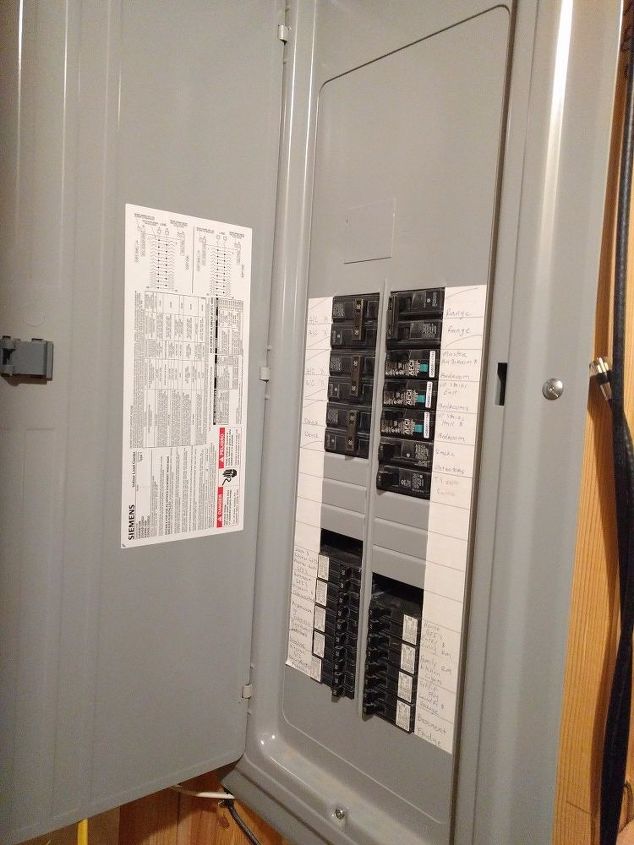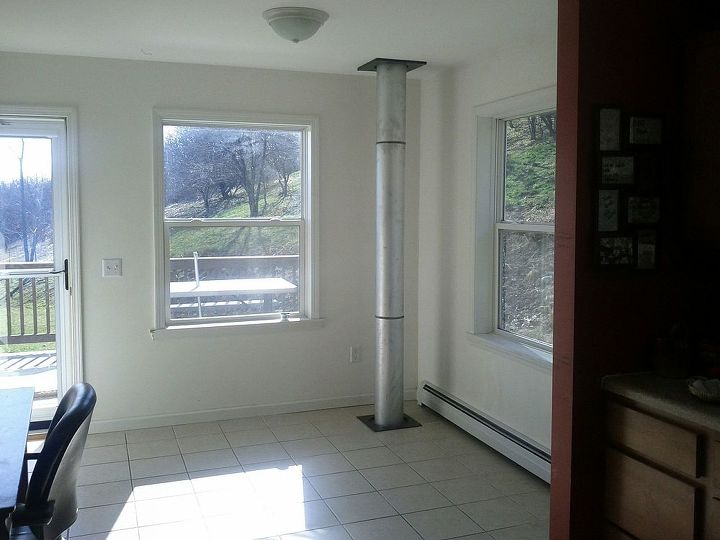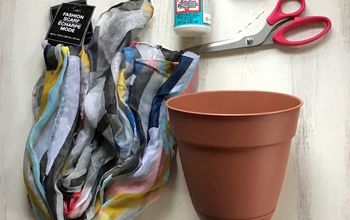Gable versus Solar Fan-How Best to Choose?
-
Neither is a good choice. Any power fan regardless of where it gets is power from, sun or your wallet is wasting your cooling and heating energy. Natural ventilation is the ideal system. Combined with a properly air sealed attic from the living area and at least an R40 insulation there is no reason to add any powered vent system. What happens with a power vented unit is that its use was for an attic that does not properly vent in the first place. So when the fan runs it creates a negative pressure within the space drawing any air that it can get from anywhere it can get it. A lot of that air comes from inside the house. You may not feel it, but your pulling that cooler air you just spent a lot of money on getting it that way right out of the house. In addition it not only draws out the conditioned air in the home, but pulls in outside air that is not cooled or cleaned causing higher levels of dust and energy use for the conditioning system you have installed. If you have an AC system installed in the attic or if there are ducts exposed to the hot attic in the summer, and perhaps in winter as well. You would be much better served having the roof foamed tight and remove any insulation on the floor and any ventilation from the attic completely. Properly done you will see paybacks in as few as 7 years on the cost just from the energy savings along. Comfort in an attic properly foamed is much like the living area of the home only about 7 degrees warmer on a hot day. I would suggest that you have a professional energy audit performed. These professionals will utilize a blower door system and evaluate the loss of air out of the house into the attic.
 Woodbridge Environmental Tiptophouse.com
on Apr 30, 2014
Helpful Reply
Woodbridge Environmental Tiptophouse.com
on Apr 30, 2014
Helpful Reply -
-
We built a home in Northern Georgia. After consulting three different architects, we decided to use spray foam insulation under the roof deck. I agree with Woodbridge that if you seal the space, you will not loose or gain heat or cold. This is the place most energy is lost. Also look for tax credits from the federal and state. This will help to offset the up front cost.
 Southeast Solar Co
on Apr 30, 2014
Helpful Reply
Southeast Solar Co
on Apr 30, 2014
Helpful Reply -
-
Thanks for the responses. To dig a bit deeper, the house was built in 1971. The concern with foam is not only expense, but also sealing a home that was meant to breathe. I believe that while having hotter air trapped in the attic, more movement with a powered fan would improve that temperature resting above my home? We will be adding insulation as the next project, but need to get any wiring done first.
 Dean
on May 06, 2014
Helpful Reply
Dean
on May 06, 2014
Helpful Reply -
-
@Dean the old school of thinking is to keep the house breathing, however science says we do not have to if you control the air flow through proper interior controlled air from ac and heating. While the expense for foam seems a bit daunting at first, the payback is really only six to eight years depending upon the current conditions within the home. This is typically hard for folks to put their arms around with bucking what has been considered the "norm" for so many years prior. But if the roof cavities are properly air sealed and insulated using foam you will see a tremendous improvement in your indoor comfort as well as your air quality you will be glad you decided to do this. A properly foamed attic below the roof section and sealing all of the ventilation normally found. Then removing all the fiberglass materials that separate the living area from the attic your attic will be no hotter then four or five degrees then the rooms below. Even on the hottest days. This will have no effect what so ever on the life span of the shingles and in fact may increase their life. Indoor humidity will be better controlled as normally air that is drawn out of the attic vent system is often replaced with air that comes from within the house cavity or living area. This air in turn comes in from leaks around windows, exterior wall cavities and the like. All of this air is not conditioned. This means your heating and cooling needs to condition it by cooling in summer, and warm it in the colder months. Humidity levels rise, mold becomes a factor, although you may not see it. Benefits include less energy required to heat and cool, less dust in the house, better humidity control. And more money in your pocket. What we have done in the past is to show even with the expense of having to take out a loan to pay for the insulation, that your monthly bills lower by enough to offset your payment to the bank. Add high quality energy efficient cooling and heating and your savings go up even better.
 Woodbridge Environmental Tiptophouse.com
on May 06, 2014
Helpful Reply
Woodbridge Environmental Tiptophouse.com
on May 06, 2014
Helpful Reply -
Related Discussions
How to get rid of mice?
We seem to have some unwelcome Mickeys and Minnies in our house. What is the best way to get rid of them?
How to remove popcorn ceiling with asbestos?
I want to remove my popcorn ceiling, but it has asbestos in it. How do I go about this safely?
How to caulk baseboard gaps?
How do I fill gaps at baseboard, should I caulk? If so, does anyone know how to caulk baseboards?
How to fix squeaky hardwood floors?
How do I fix squeaky hardwood floors?
How do I kill the power from my main breaker?
I have a home built in 2006, the main panel does not seem to have a main breaker...? See attached pic of the main panel. It's a Siemens G3040 200 amp panel. Outs... See more
Any Ideas for this corner with the wood stove pipe?
I am unclear as to what to do with this part of my house, "The Breakfast Nook".





